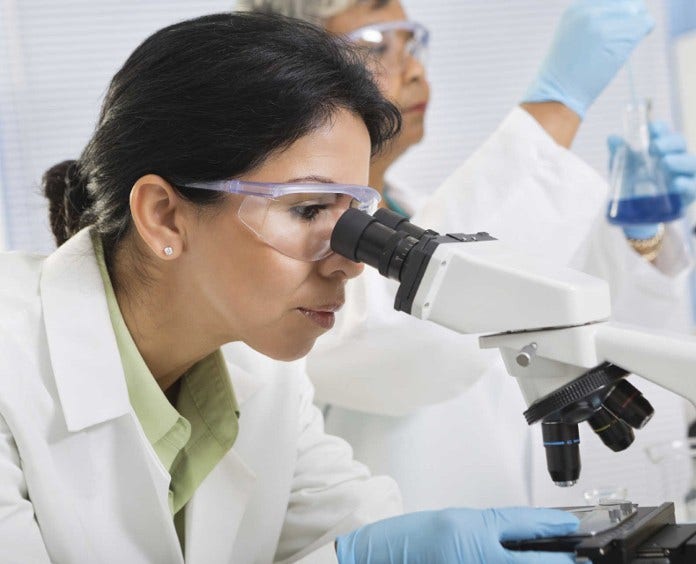Kaposi Sarcoma
If you have Kaposi sarcoma or are close to someone who does, knowing what to expect can help you cope. Here you can find out all about Kaposi sarcoma, including risk factors, symptoms, how it is found, and how it is treated.
This information is possible thanks to people like you.
We depend on donations to keep our cancer information available for the people who need it most.







